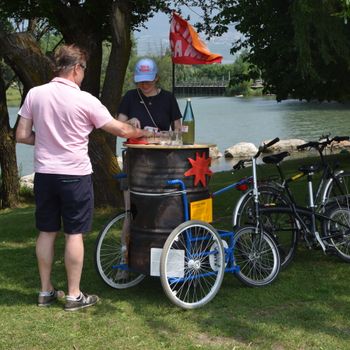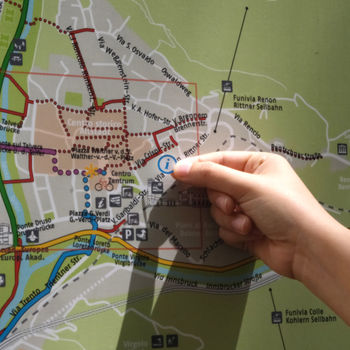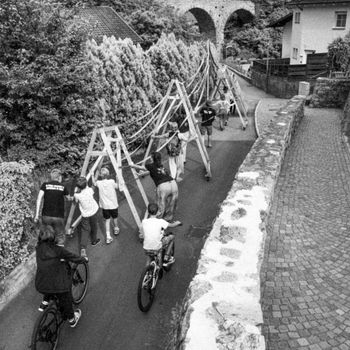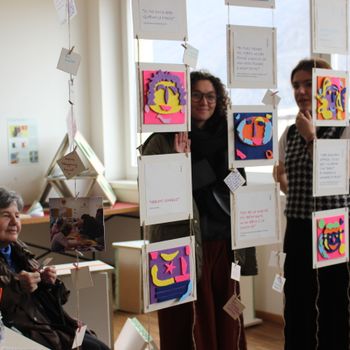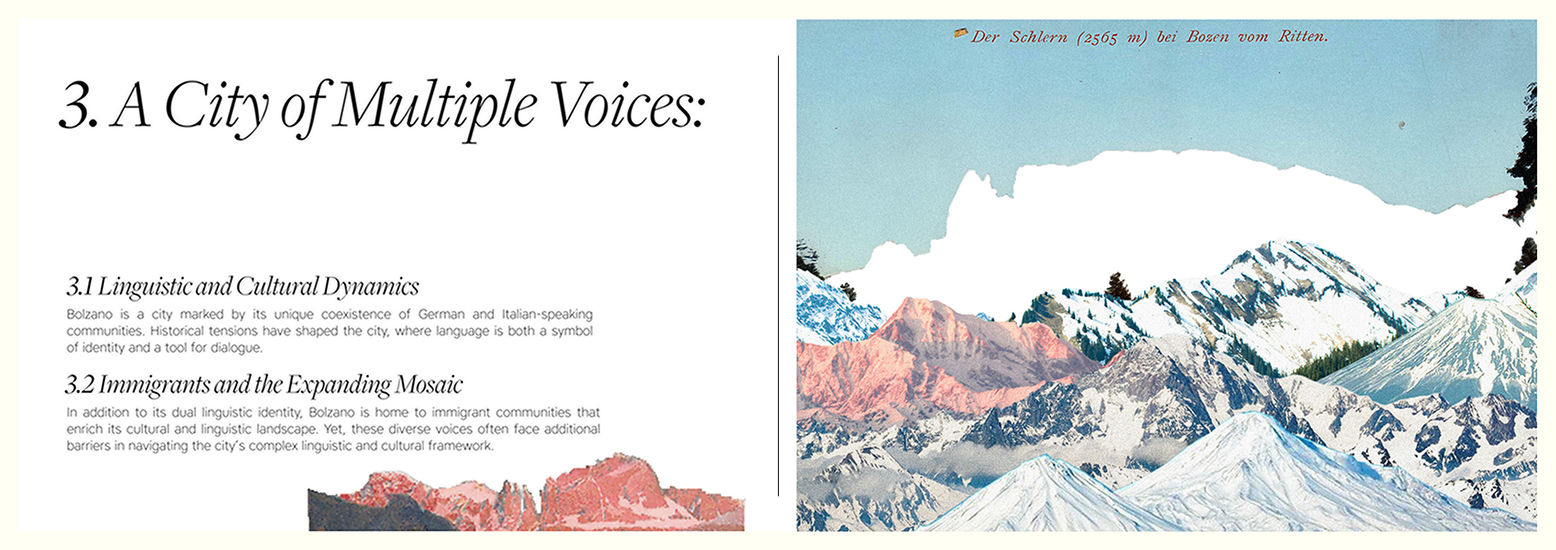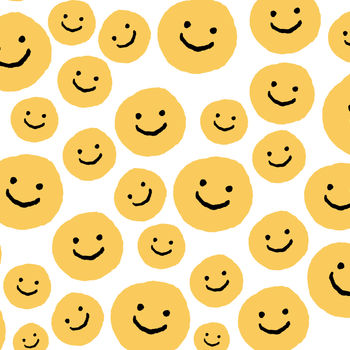Languages of Perception
Sharon Dor Cemre Oeztuerk
Language helps us navigate social interactions, cultural norms, and human behavior. But what happens when the language around us is unfamiliar, fragmented, or culturally distant?
Our project explores the limits of language and the emotions it provokes. In Bolzano, where German, Italian, and immigrant communities coexist, each group carries unique interpretations of shared spaces and histories. These overlapping perspectives create gaps in understanding when language fails to align, blending the known and unknown into a space ripe for misinterpretation.
This project invites viewers into that space of linguistic limitation, confusion, and partial understanding. Through visual and linguistic elements, we immerse them in the experience of “filling in the gaps,” revealing how assumptions often distort the complexity of others’ stories and emotions.
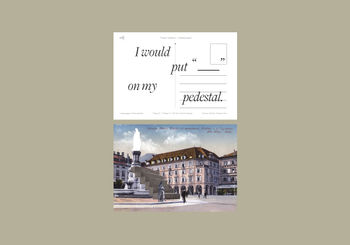
These postcards are designed to explore the impact of linguistic and spatial gaps on our perceptions of urban spaces. Each card features fill-in-the-blank prompts that invite participants to establish personal and collective connections with the city and its symbolic elements. The visuals, drawn from historical and cultural contexts, are reinterpreted through a modern lens, encouraging participants to creatively express their perspectives. By sharing individual insights, these postcards aim to reimagine and reshape our understanding of the urban landscape.
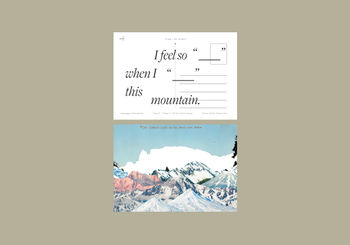
These postcards are designed to explore the impact of linguistic and spatial gaps on our perceptions of urban spaces. Each card features fill-in-the-blank prompts that invite participants to establish personal and collective connections with the city and its symbolic elements. The visuals, drawn from historical and cultural contexts, are reinterpreted through a modern lens, encouraging participants to creatively express their perspectives. By sharing individual insights, these postcards aim to reimagine and reshape our understanding of the urban landscape.
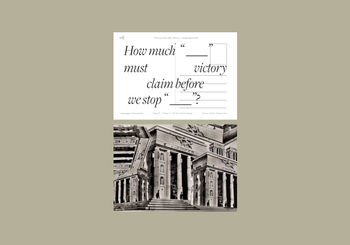
These postcards are designed to explore the impact of linguistic and spatial gaps on our perceptions of urban spaces. Each card features fill-in-the-blank prompts that invite participants to establish personal and collective connections with the city and its symbolic elements. The visuals, drawn from historical and cultural contexts, are reinterpreted through a modern lens, encouraging participants to creatively express their perspectives. By sharing individual insights, these postcards aim to reimagine and reshape our understanding of the urban landscape.
Project 1 - Inhabiting Borders
